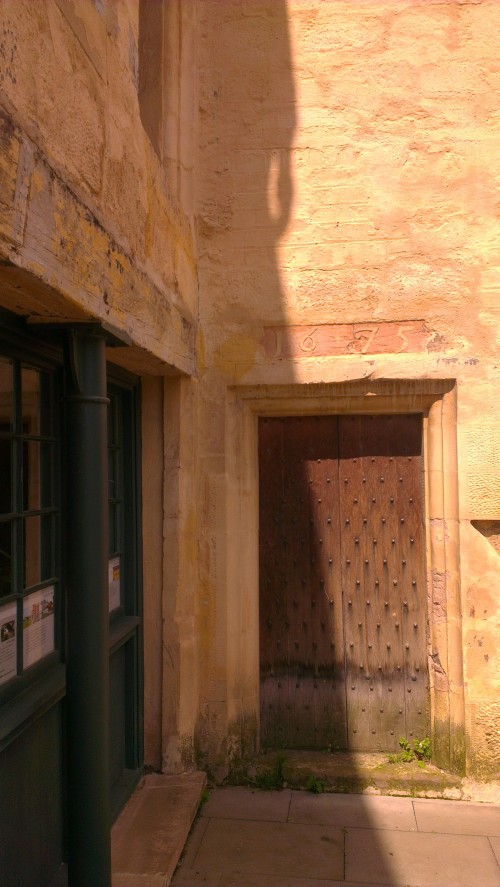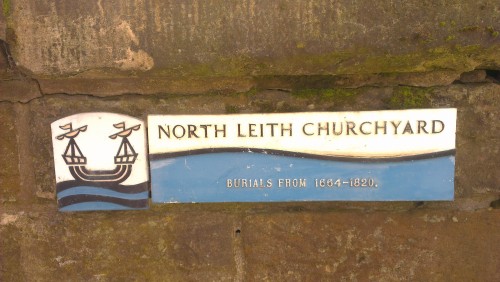Grave Matters
Edinburgh and Leith have retained many of the graveyards that were used to bury their dead over many centuries and these are fascinating places to visit.
On all of the walks I lead, I visit at least one graveyard as the story of their inhabitants are interesting and informative, giving an idea of how people lived and died in our historic city and port – see www.edinburghwalks.com for more details.
The graveyards of the city centre contain the marked remains of philosophers, soldiers, merchants, the great legal and scientific minds of their day, religious leaders, Lords, Ladies and their offspring.
By contrast, when I was in North Leith recently, I visited the former St. Ninians Church and the nearby North Leith Cemetery where many of those interred had a connection with the sea.
On land owned by the Abbot of Holyrood, a chapel to St Ninian was built in 1493 at the end of a bridge over the Water of Leith leading from the Shore into North Leith – an area in the parish of Holyrood House and Canongate. The building has been altered over time and the unusual Dutch style steeple was built in 1675 – see the date above the doorway.
By this time it had become the parish church of the area, but eventually became too small for the congregation and they moved to North Leith Parish Church in nearby Madeira Street, which was built in 1816.
It was fascinating to have a walk around this very quiet part of Leith which is easily accessible from the busier Shore area and the Bondside on Commercial Street. Before I went to the nearby graveyard, it being lunchtime I called into the nearby RoseLeaf Bar for a drink.
The Roseleaf is a fascinating bar and cafe that opened in 2007, which serves high quality brunches, lunches and bar food all day, but is particulary well known for their ‘Pot-Tails’ – cocktails in old china teapots! My drink and the staff were great – what is there not to like about that.
I knew The Roseleaf in it’s former life as The Black Swan , a name it had had for about a century – though known to local Leithers as the Mucky Duck. My paternal grandfather stayed across from The Black Swan during the latter part of the first World War in the street then known as Bridge Street.
I left The Roseleaf and walked about 50 metres South to the gate way into the graveyard of the old St.Ninians.
Now known as North Leith Churchyard this small burial ground has a fascinating connection to the Port and the sea. It is still “monied” people that made it into here between 1664 and 1820, but there are many more merchants and seafarers than seen in the city centre grounds. Many of the sandstone gravestones have worn away, but the skull and crossbones, hourglasses and angels are still visible along with items with the look of the deceased’s working accountrements, if the names of the deceased are not.
I found that the final resting place of the grandparents of 19th Century British Prime minister W.E.Gladstone (So that is why Gladstone’s Place is near by). Also that of Lady McIntosh who raised a regiment for Prince Charlie’s 1745 rising. Amongst the more ordinary : John Broun, shipmaster – died in 1744, the year before Bonnie Prince Charlie was in town.
It is fascinating to visit and graveyards are not scary at all. It adds something to your knowledge of an area and it’s past and I am glad I visited.








